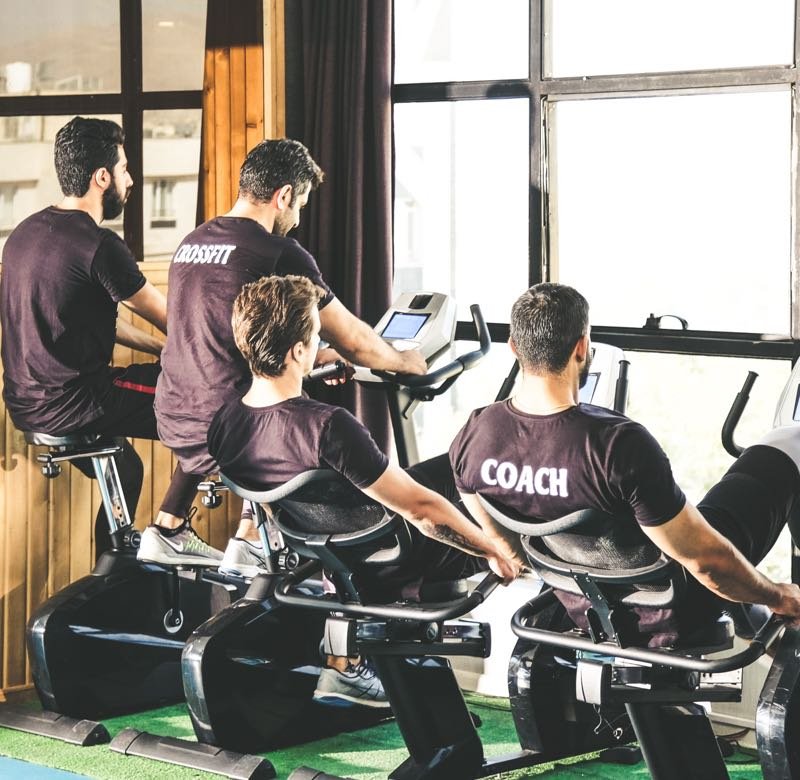
Why Breathwork Matters in Your Workout
It can be hard to work out with so many distractions and difficulties keeping us from the gym. When we are able to work out, focusing on the exercise and blocking out distractions can be even harder. Too often, we power through a workout and check it off the list without thinking about how to improve mental health. So how do we bust through the distractions to get the most out of our workouts? Expert say without a mindful approach to a workout, we risk poor results or even injury. Mindfulness includes paying attention to how you’re breathing – and to an extent – even controlling it. Breathing exercises improve your mental health, too. Use these three easy-to-remember techniques to maximize your breathing before, during and after you exercise. Before: Set a Clear Intention Set an intention for your workout, given the time and space you have available. Example intentions could be to make sure you’re breathing during stressful moments or to savor your rest periods by being fully present in your breath. If you only have 30 minutes, position your workout accordingly and set the intention clearly. Revisit that intention regularly throughout your workout. Take a moment before you begin to check in with your body through breathwork. Focus on your inhale and see where the breath moves easily in your body. “Are you tensing in certain areas?” asks Tory. “Then you might be tight there. Pay attention to what your body is telling you and apply that to your workout.” If you want to improve mental health, it begins with paying attention. During: Use Your Breath as a Guide Be aware of your breath as you exercise. If your inhales and exhales shorten and quicken, that is a response to the work your body is doing. “If you’re bracing or holding your breath, you may be overexerting yourself,” says Tory. Using your breath correctly will reduce stress, help guide your workout and improve mental health. If you’re working out with a partner, you can use the you-go-I-go technique. “As your partner exercises, you can recover with intentional breathing, slowing down your heart rate. With partner exercises, synchronize your movements and your breaths,” Tory. “This will accentuate and strengthen the emotional connection between you.” After: Recover with Rhythmic Breathing Speed up recovery by incorporating breathing exercises with your stretching routine. “Focus on the areas that you stressed during the workout,” says Tory, “Breathe into the stretch and open up that tissue.” The goal is to get to a relaxed state, returning to rhythmic nasal breathing as soon as possible. By sealing your lips and focusing on breathing through your nostrils, your body will get the cue to relax through the rhythm of repetition. https://www.youtube.com/watch?v=TFO9hBtLVec&feature=emb_logo Consistency is more important than perfection. If you want to improve mental health, you don’t have to make drastic changes to your entire routine, just start incorporating mindfulness and breathwork into your existing routine. “ The smaller the change, the more sustainable it will be. Don’t tell yourself you will be mindful at every minute of your workout. You’re going to get distracted. Just keep coming back to your breath. John Doe Tweet Now that it’s in your toolkit, you can return to mindful breathing any time as another way build on your fitness, both physical and mental. So just breathe.







